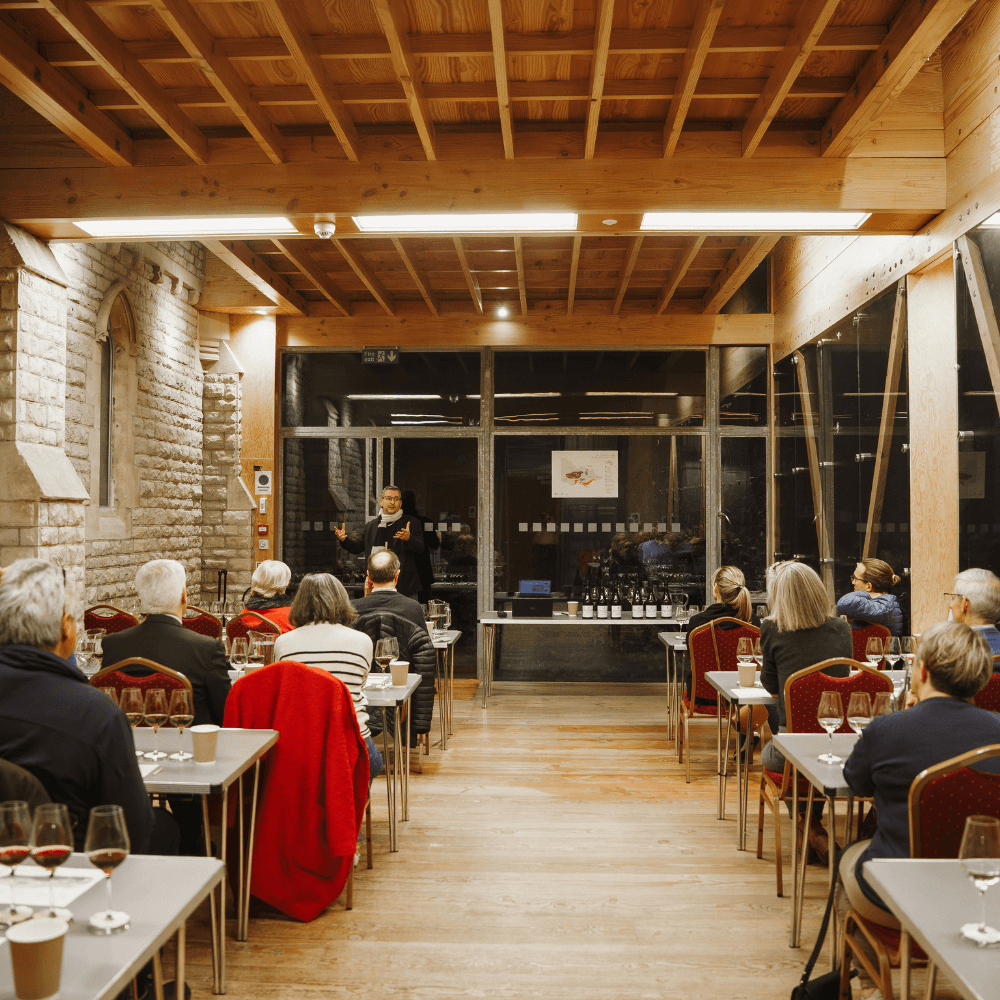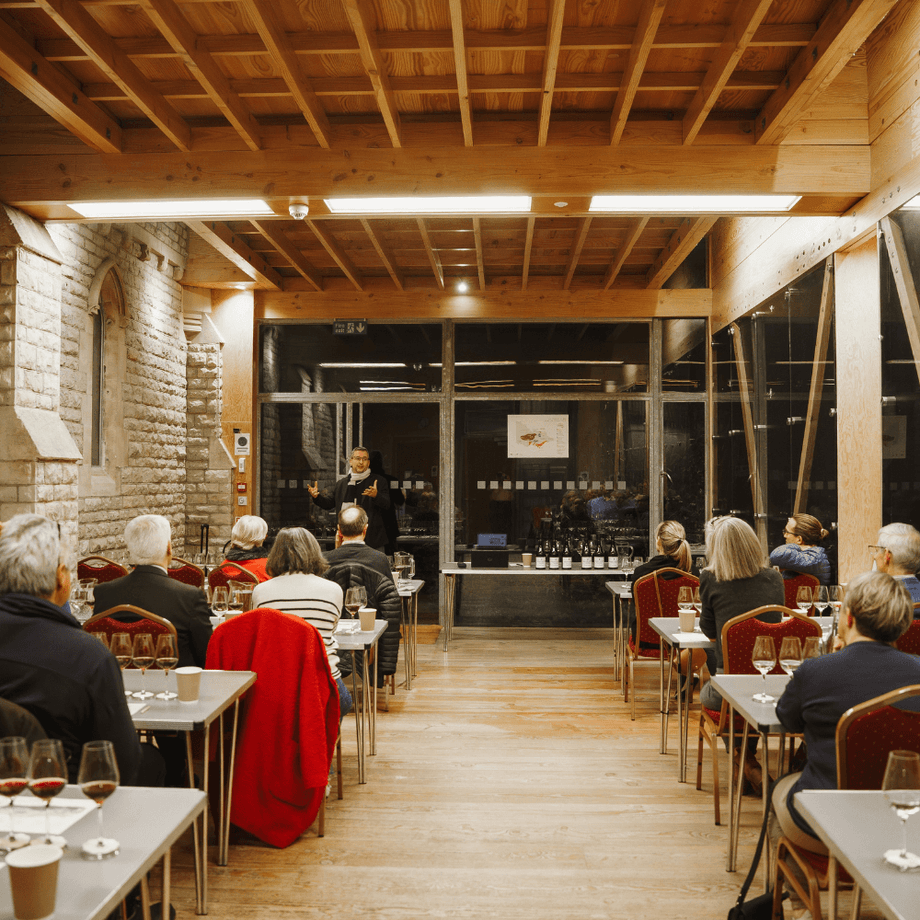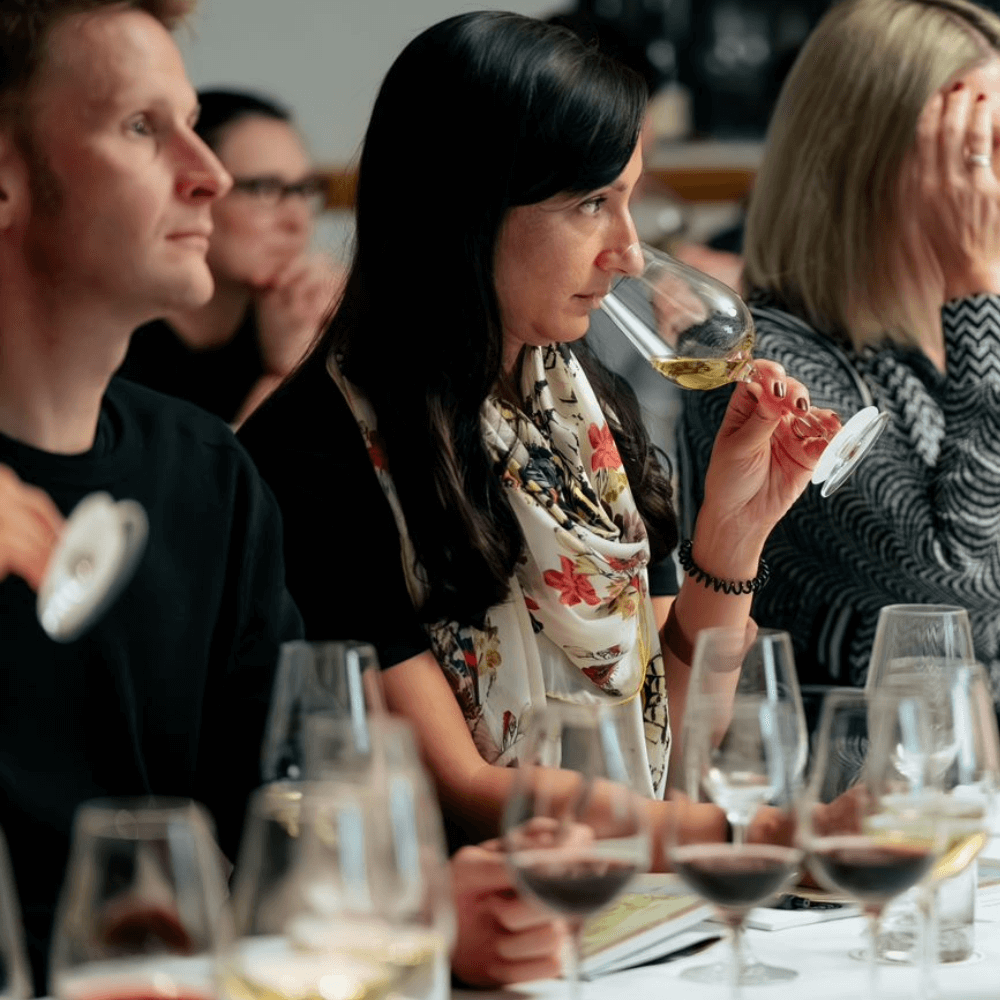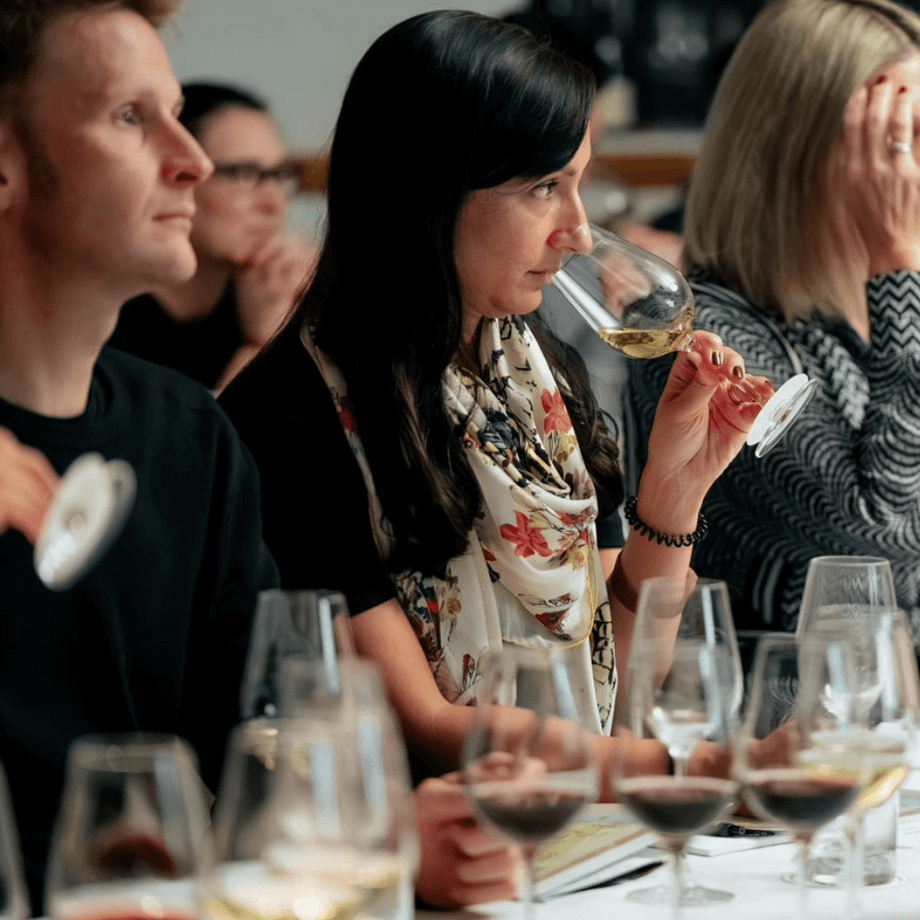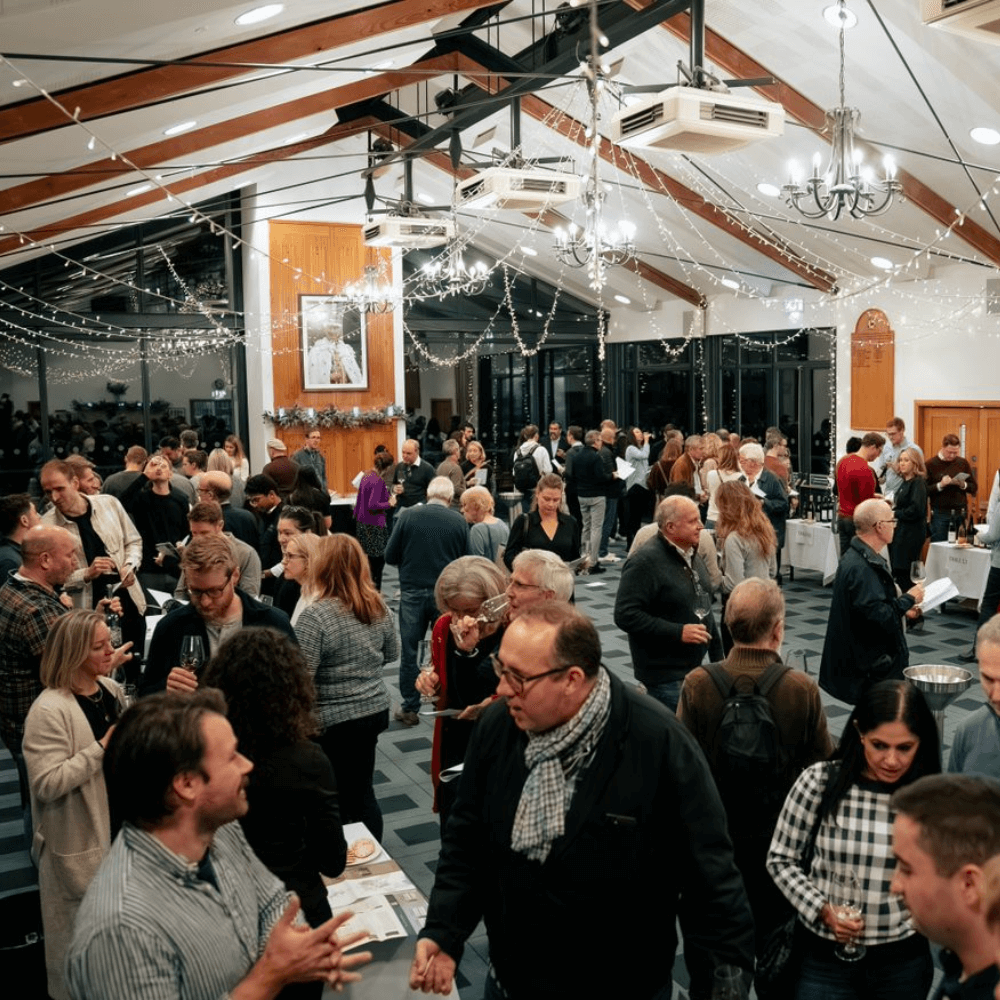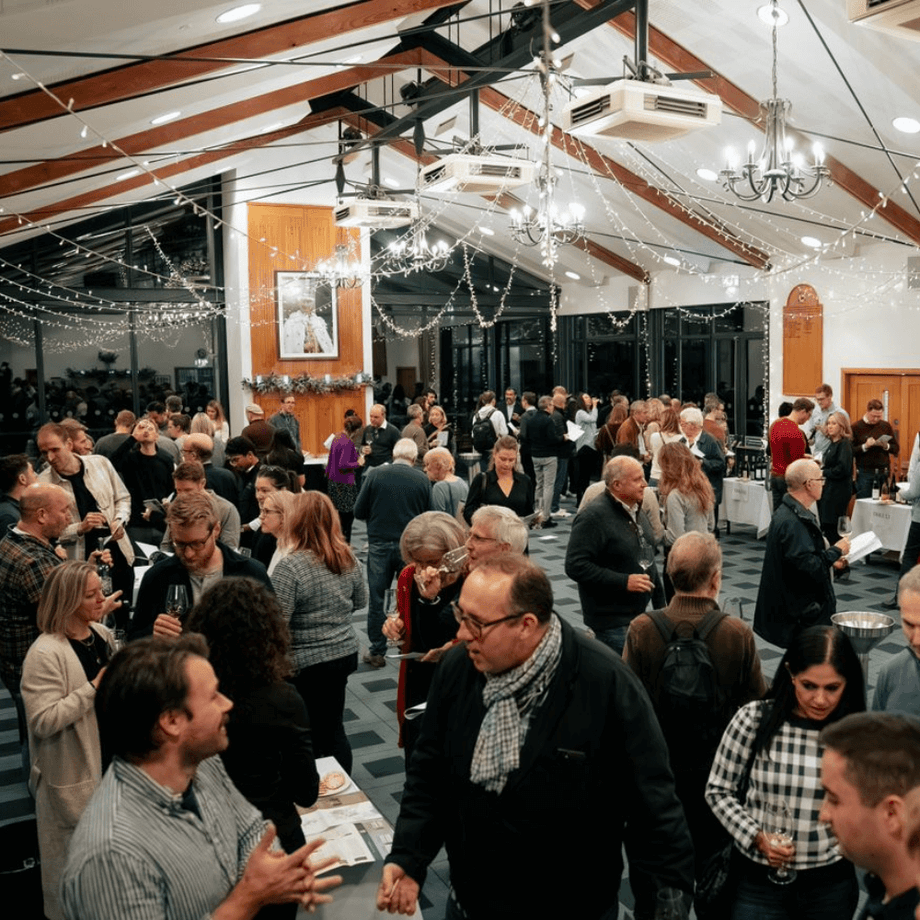We’ve had a great influx of new wines over the last couple of months as we get ready for the sunny season, read on below for some of the highlights!
Le Vieux Pin, Petit Blanc, Okanagan, Canada, 2017 (£23.50/£21.00)
This white from our favourite Canadian wine producer Le Vieux Pin is made from sauvignon blanc, pinot gris, viognier, and chardonnay giving a lovely balance between generous texture and fresh acidity. Peach, apricot, and melon fruit on the nose is followed up with an appetising citrus note on the palate. Check out the Petit Rouge as well made from Cabernet Franc, Merlot, and Syrah.
Ardina 300 Vinho Verde, Portugal, 2018 (£13.50/£12.00)
What do you bring to a friend’s barbecue when you’re a wine lover and they only care if what’s in the bottle is cold and wet? Great quality Vinho Verde like this! Made from the Loueiro grape, this is typical of the region with its bracing freshness and zesty lemony fruit, but also has a lovely mineral streak and a textural quality that belies its price. Great value!
Domaine FL, Anjou Blanc, Loire, France, 2017 (£20.00/£18.00)
This new Loire Valley discovery really wowed us when we first tasted it a couple of months back. All the hallmarks of great Chenin Blanc are here: ripe apples and white peaches with subtle floral and smokey hints on the nose give way to a generously textured palate with perfectly judged acidity.
Black Chalk Classic, Hampshire, England, 2015 (£40.00/£36.50)
Launched in 2018, Black Chalk is a new project from Jacob Leadly, formerly of Hattingley Valley. Grapes are sourced from the best growers across Hampshire and the wine is made using the traditional method of secondary fermentation in bottle. The Classic bottling is extremely fine, direct, and elegant. The amazingly delicate Wild Rose is a knockout too!
David Chapel, Julienas ‘Cote de Bessay’, Beaujolais, France, 2017 – (£28.00/£25.00)
David Chapel is the next big thing in Beaujolais, set to join the ranks of the cult growers who have won the hearts of cutting edge sommeliers everywhere over recent years. This has a more in common with Pinot Noir than a stereotypical Beaujolais – there is real power and perfume to the red berry and cherry fruit here along with subtle, velvet-smooth tannin.
Eekhoring Rooi, Western Cape, South Africa, 2018 – (£14.50/£13.00)
Eekhoring Rooi (meaning red squirrel) is a super expressive and floral red blend of 60% Cinsault, 30% Syrah & 10% Pinotage. It is bright and breezy with red fruits, spice and a hint of chocolate and dark fruits on the end. Amazing value once again from South Africa.
L&C Poitout ‘Vindemiola’ Bourgogne Pinot Noir, Chablis, France, 2017 – (£25.50/£23.00)
This is an unusual Bourgogne Pinot Noir, coming from Chablis rather than the Cote d’Or. So light in colour one could be persuaded it’s a darker rosé, this is no lightweight when it comes to flavour. Packed with really pure and intense cranberry, raspberry, and floral notes, this will taste delicious served chilled in the garden over the Summer.
Triennes Rosé, IGP Mediterranée, France, 2017 – (£16.00/£14.50)
A new project from Burgundians Jacques Seysses and Aubert de Villaine (of Domaine Dujac and Domaine de la Romanée-Conti no less!), this Provence rosé really stood out from the crowd at our buyers’ recent tasting of 20+ rosés. Its elegant, beguiling summer fruits and subtle hint of savouriness saw it beat several much more expensive competitors.
Paradou Cotes du Provence Rosé, France, 2017 – (£18.00/£16.00)
Another stand out rosé, Le Paradou has a lovely extra bit of texture to it as well as a delicious generosity of fruit. Also available in magnums!

